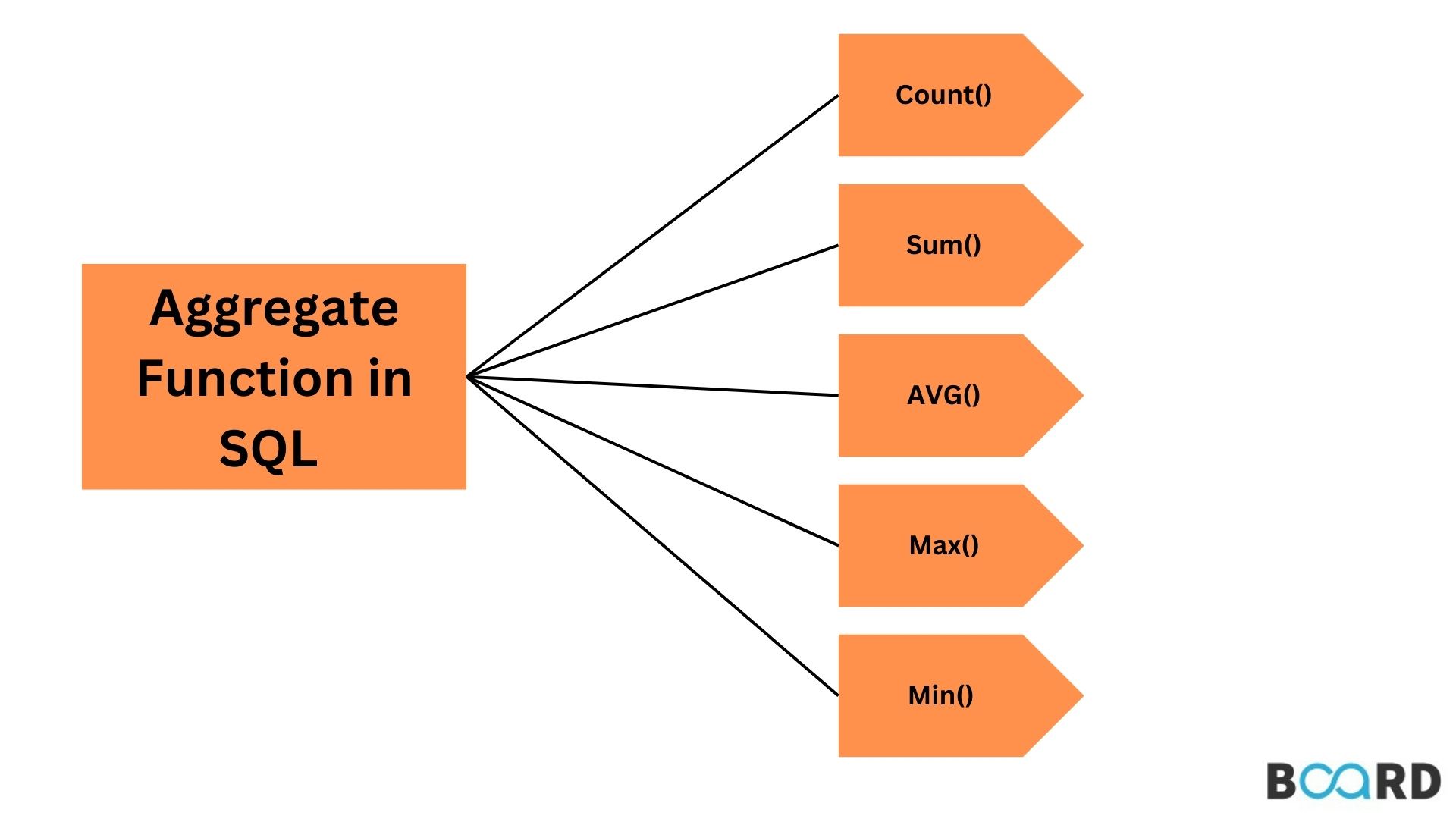Mastering SQL: From Fundamentals to Advanced Techniques
Learn about Aggregate Functions in SQL

Introduction
Functions are a very powerful feature of SQL and can be used to do the following:
- Perform calculations on data
- Modify individual data items
- Manipulate output for groups of rows
- Format dates and numbers for display
SQL functions sometimes take arguments and always return a value.
Aggregate Functions
An aggregate function in database administration is a function that groups the values of various rows as input according to specific criteria to create a single value with more profound meaning.
Some aggregate functions of SQL are as follows:
1) Count()
2) Sum()
3) Avg()
4) Min()
5) Max()
Consider the following table
Count()
Count(*): Gives total records found. i.e 6
Count(salary): Return the number of non-null values found in the salary column.i.e 5
Count(Distinct Salary): Returns the number of unique Non Null values found within the salary column, i.e. 3.
Explanation: ID 1,2,3 has a unique value of salary. Other ID value are repeated
Sum()
sum(salary): Sum all Non Null values of Column salary i.e., 330
Explanation: 80+30+70+80+70
sum(Distinct salary): Sum of all distinct Non-Null values i.e., 180.
Explanation: 80+30+70=180
Avg()
Avg(salary) = Sum(salary) / count(salary) = 330/5
Avg(Distinct salary) = sum(Distinct salary) / Count(Distinct Salary) = 180/3
Min()
Min(salary): Minimum value in the salary column except NULL i.e., 30.
Max(salary): Maximum value in the salary i.e., 80.
Elaborated Example with queries
TABLE: PRODUCT
COUNT()
OUTPUT
COUNT() WITH GROUPBY
OUTPUT
COUNT() WITH HAVING
OUTPUT
SUM
OUTPUT
SUM WITH HAVING()
OUTPUT
AVG
OUTPUT
MAX
OUTPUT
MIN
OUTPUT
Conclusion
Aggregate functions count(),sum(),min(),max(),avg() along with syntax and examples were discussed.
